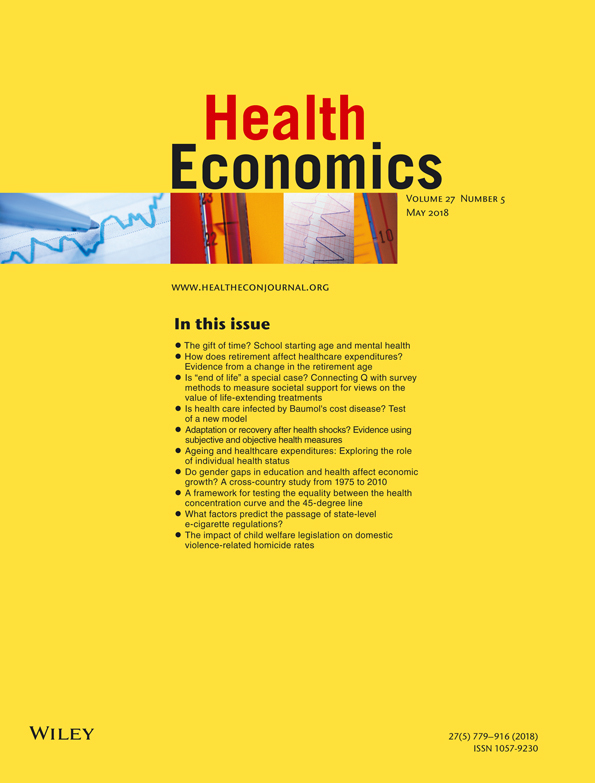Ageing and healthcare expenditures: Exploring the role of individual health status
Abstract
In 1999, Zweifel, Felder, and Meiers questioned conventional wisdom on ageing and healthcare expenditure (HCE). According to these authors, the positive association between age and HCE is due to an increasing age-specific mortality and the high cost of dying. After a weighty academic debate, a new consensus was reached on the importance of proximity to death when analysing HCE. Nevertheless, the influence of individual health status remains unknown.
The objective of our study is to analyse the influence individual health status has on HCE, when compared to proximity to death and demographic effects and considering a comprehensive view of healthcare services and costs.
We examined data concerning different HCE components of N = 61,473 persons aged 30 to 95 years old. Using 2-part models, we analysed the probability of use and positive HCE.
Regardless of the specific group of healthcare services, HCE at the end of life depends mainly on the individual health status. Proximity to death approximates individual morbidity when it is excluded from the model. The inclusion of morbidity generally improves the goodness of fit. These results provide implications for the analysis of ageing population and its impact on HCE that should be taken into account.
CONFLICT OF INTEREST
The authors declare no conflicts of interest.




